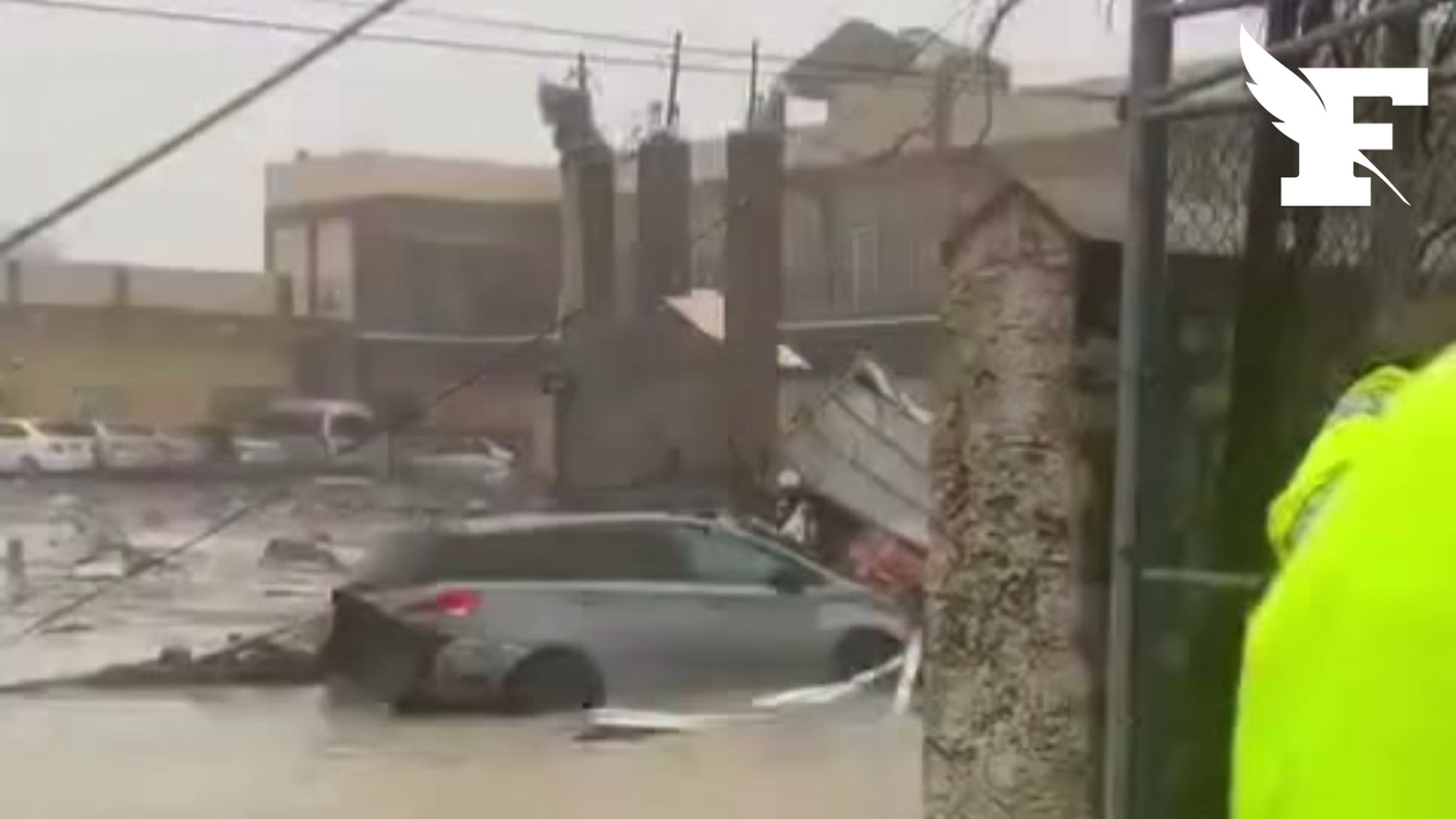Hurricane Melissa Ravages Jamaica and Looms Dangerously Over Cuba
Hurricane Melissa, the strongest storm to hit Jamaica in recorded history, has caused massive destruction and casualties, while now threatening Cuba with renewed strength.
- • Hurricane Melissa struck Jamaica on October 28 with winds near 300 km/h, causing extensive damage.
- • Saint Elizabeth parish experienced severe flooding, destruction, and power outages.
- • Jamaica was declared a disaster zone by Prime Minister Holness; fatalities reported but not fully confirmed early on.
- • Melissa regained Category 4 strength and is threatening six eastern Cuban provinces, prompting alerts and evacuations.
Key details
On October 28, 2025, Hurricane Melissa, a Category 5 super hurricane with sustained winds nearing 295-300 km/h and a minimum pressure of 892 hectopascals, struck Jamaica, inflicting unprecedented devastation across the island. The storm made landfall near New Hope in Westmoreland parish and battered the Caribbean island with torrential rains and fierce winds, the worst hurricane recorded in Jamaica since meteorological records began.
Jamaica's Saint Elizabeth parish, home to about 150,000 residents and known as the island’s “grain basket,” suffered severe destruction including uprooted trees, collapsed roofs, flooded streets, and landslides. Entire homes were destroyed, and power outages were widespread. Prime Minister Andrew Holness declared Jamaica a "disaster zone," acknowledging the profound impact: “all of Jamaica has suffered the devastating effects of Melissa.” While no deaths had yet been confirmed early on, Holness warned, "it's too early to assert" the death toll would remain zero. Other reports noted at least three fatalities in Jamaica linked to the storm.
As Hurricane Melissa regained strength to Category 4 after crossing Jamaica, it began threatening Cuba, with authorities issuing alerts across six eastern provinces. Cuban residents are preparing for severe flooding and high winds by stocking up on supplies and evacuating vulnerable coastal areas. Besides storm damage, officials warned of increased risks from rising waters, including crocodile threats.
Meteorologists, including Kerry Emanuel, have highlighted the role of climate change in amplifying the hurricane's ferocity, marking Melissa as a stark example alongside the last major hurricane to strike Jamaica, Gilbert, in 1988. The National Hurricane Center continues monitoring Melissa as it advances toward Cuba, the Bahamas, and Bermuda, emphasizing its ongoing danger.
This unfolding disaster from Melissa underscores the increasing vulnerability of Caribbean nations to powerful, destructive hurricanes intensified by climate factors, prompting urgent preparations and response efforts across the region.
This article was synthesized and translated from native language sources to provide English-speaking readers with local perspectives.
Latest news
Julie Zitouni Initiates Legal Action Over Miss France 2026 Cyberharassment and Defamation
Farmers Protest Mass Culling in Ariège Over Contagious Nodular Dermatitis Outbreak
Brandt Liquidation Ends Era of French Appliance Manufacturing, Over 700 Jobs Lost
France Leading Europe in Social Spending in 2023 Amid Sustainability Concerns
Senate Endorses €500 Bonus for Mayors in 2026 Budget Amid Rejections and Debate
French Parliament Approves 2026 Defense Budget Amid Political Divisions
The top news stories in France
Delivered straight to your inbox each morning.
